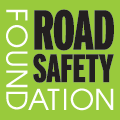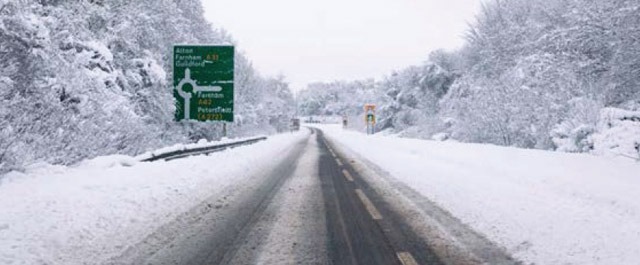MAKING ROAD TRAVEL AS SAFE AS RAIL AND AIR
We no longer need accept road deaths. The annual death toll can be driven towards zero. Travel on our road system can be made as safe as on rail and air within a generation.
Sudden road trauma destroys families but in the past we have failed to count the economic cost. Britain loses around 2% of GDP in road crashes. A lifetime of care for a single victim can cost more than £20m. The NHS and care systems are put under stress.
The key is to eliminate known high risks systematically. This report provides evidence on the risks that road users face across the targetable 10% of British roads where half of all deaths take place – our motorways and ‘A’ roads outside major cities. The risks are mapped across thousands of stretches of road totalling more than 25,000 miles.
The report also shows where risks are falling over time – and where they are not.
The most improved road in Britain is a stretch of the A227 in Kent. The most persistent high risk road is a stretch of the A285 in West Sussex.
During the survey period, Britain’s rate of death and serious injury fell by less than 2% annually. Modest action by road authorities on just the 10 most improved roads led to local falls in serious crashes of 70% saving over 100 deaths and serious injuries. The report also names 10 most persistently high risk roads.
Dozens can be killed and maimed in a handful of years on many of the individual stretches of routes highlighted in this report. The report also shows risks can be reduced and lives saved with economic returns that are higher, quicker and more certain than most projects competing for funds.
This report presents results for every region of Britain. It shows that the highest risk of death and serious injury is now on the stressed main roads of South East England – the risks are near double the West Midlands.
The report shows separate results for the new government corporation responsible for England’s strategic roads, Highways England. The company is spearheading the cultural change needed from complacent acceptance of death on the road: Highways England aim to bring the number of people killed or injured on the network as close as possible to zero by 2040. This bold goal is matched by immediate, measurable reductions in the risk levels that it plans to achieve by 2020.
This report maps how risks change on our road system as the same drivers in the same vehicles turn from one road section on to another. It highlights that risks can be twentyfold or higher on some roads than others.
It is not enough to highlight suffering. Priorities and a business case are needed to compete for scarce investment. This report reveals the economic cost of road crashes on the main road networks of individual local authorities. Some had crash costs exceeding £0.5bn in the survey period.
The government has a welcome new safety strategy based on adopting a new systematic approach. That approach to reducing death and trauma has been launched on strategic roads.
The government also wants high return investment in infrastructure to boost the economy. All the persistent high risk roads identified have rates of death and serious injury that are unacceptable. Investing to eliminate busy high risk road will bring strong economic returns. This investment is a critical step towards enabling road travel to become as safe as rail and air.
- Download the full report
- Download the crash costs per non-metropolitan authority
- Download the Risk Rating map for Britain
- Download the Risk Rating map for the English Strategic Road Network
- Download the Risk Rating map for Britain with Parliamentary Constituency boundaries
- Download the Risk Rating map for Scotland
- Download the Risk Rating map for Yorkshire & the Humber
- Download the Risk Rating map for West Midlands
- Download the Risk Rating map for East Midlands
- Download the Risk Rating map for North-West
- Download the Risk Rating map for North-East
- Download the Risk Rating map for East of England
- Download the Risk Rating map for Wales
- Download the Risk Rating map for South-East
- Download the Risk Rating map for South-West
- Download the full press release

